Category: Eyes
-
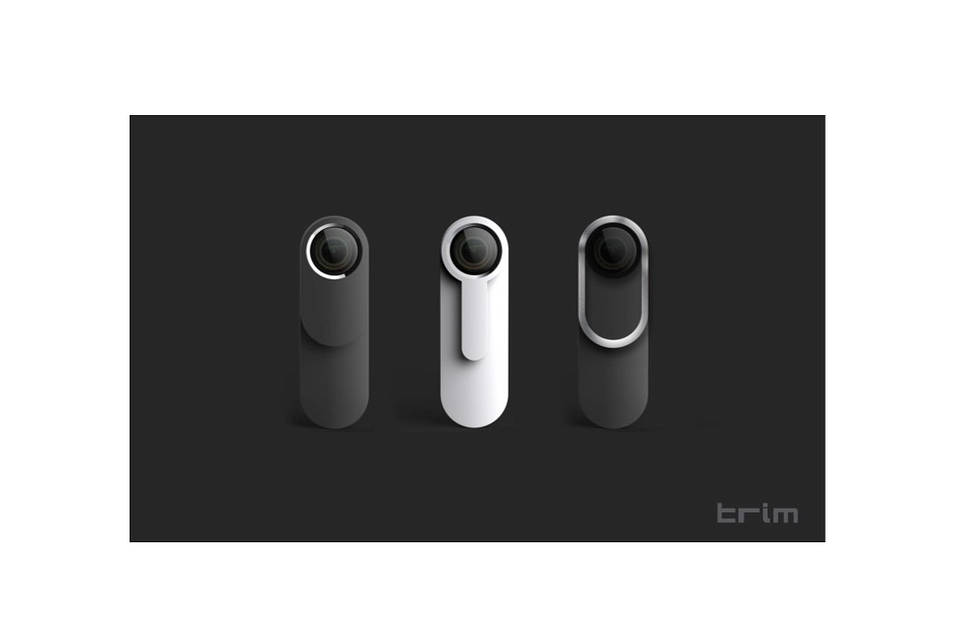
Wearable analyzes faces, voices, surroundings
Professor Amnon Shashua is the founder of Mobileye, a revolutionary computer vision approach to driverless cars. He is also the developer of OrCam, artificial vision technology to assist the visually impaired. This week he announced Casie, a wearable personal assistant. The device is meant for the masses, but could also help the disabled. It looks like a USB stick, and can…
-

Optical frame integrated health tracker
VSP Global‘s Project Genesis integrates health tracking technology into optical frames. Steps, calories burned, activity time and distance traveled are calculated by sensors at the part of the frame that touches one’s temple. Building wearable technology into stylish glasses, worn every day to improve vision, increases the potential for mass adoption. The prototype is now…
-

Wireless brain chip restores vision, bypasses eye
Monash University’s Bionic Eye will be trialed in humans next year. The study is being led by Professor Jeffrey V. Rosenfeld. Patients who have lost their sight will have tiny “ceramic tiles” implanted into their brain’s visual cortex. The device bypasses the normal visual pathway, unlike the other bionic eyes in development, which rely on…
-
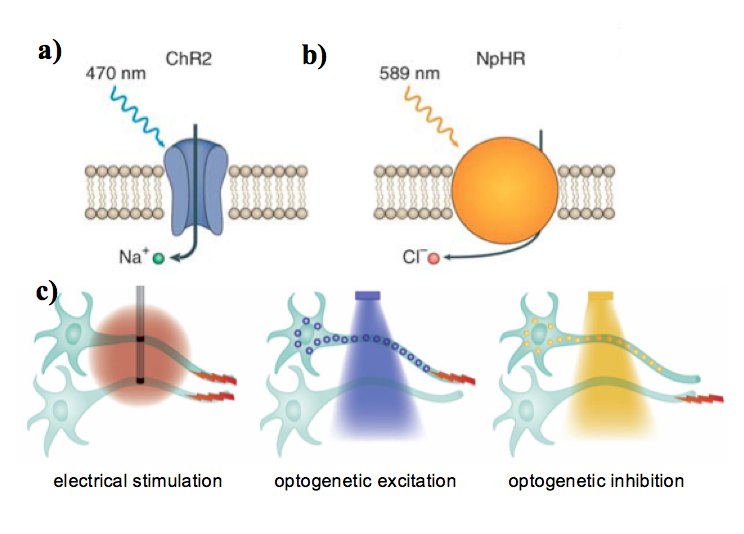
Gold nanoparticles enable optogenetics with out genetic manipulation
University of Chicago‘s Francisco Bezanilla has published a study detailing the use of targeted gold nanoparticles to allow light to activate neurons. He describes it as optogenetics with out genetic manipulation. Optogenetics has relied on genetic modification, limiting its use to few model organisms. Bezanilla previously demonstrated that normal, non-genetically modified neurons can be activated by heat…
-

Video game trains brain to combat amblyopia
Game developer Ubisoft, with Amblyotech and McGill University, has released “Dig Rush,” a video game used to treat amblyopia. Amblyopia is caused when the eyes and the brain aren’t working together, because one eye is stronger or the eyes are misaligned. Patching, the traditional treatment for amblyopia, attempts to force the weaker eye to work harder…
-
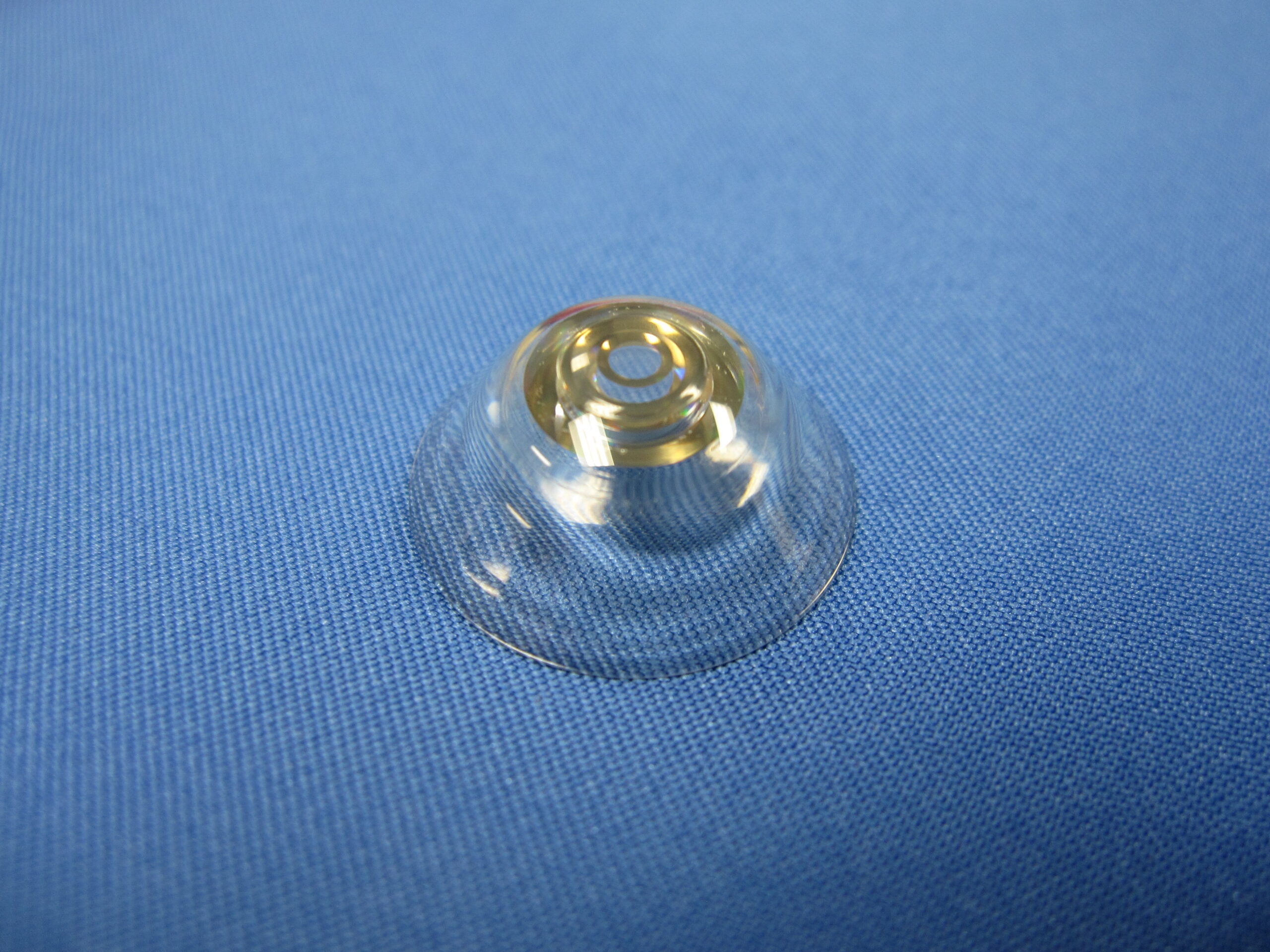
Telescopic lens zooms with a wink
EPFL‘s Eric Tremblay and DARPA have developed contact lenses with integrated tiny telescopic lenses to boost vision. The lens is controlled by smart glasses that respond to the winking of an eye, and provides magnification of up to 2.8 times. This can be a visual aid for Age-related Macular Degeneration and other conditions, in addition to…
-
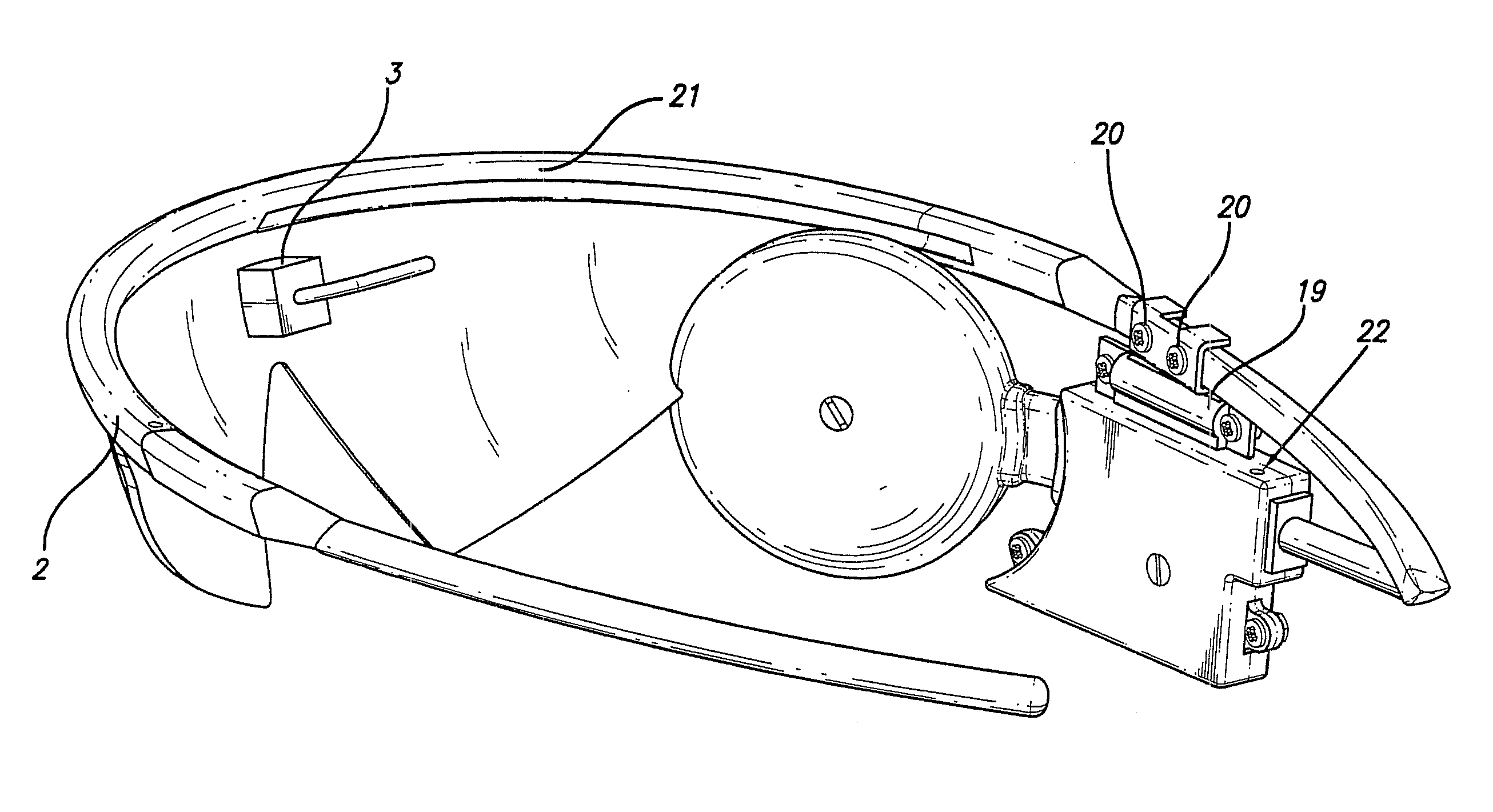
Sensor glasses support retinal prosthesis
The Johns Hopkins Applied Physics Lab and Second Sight are developing glasses with embedded vision and eye tracking sensors to be used with a new retinal prosthesis system. The system will identify obstacles, doorways, hallways, and household objects and their relative positions. The information will be projected into the retinal prosthesis, bypassing the damaged rods and cones…
-
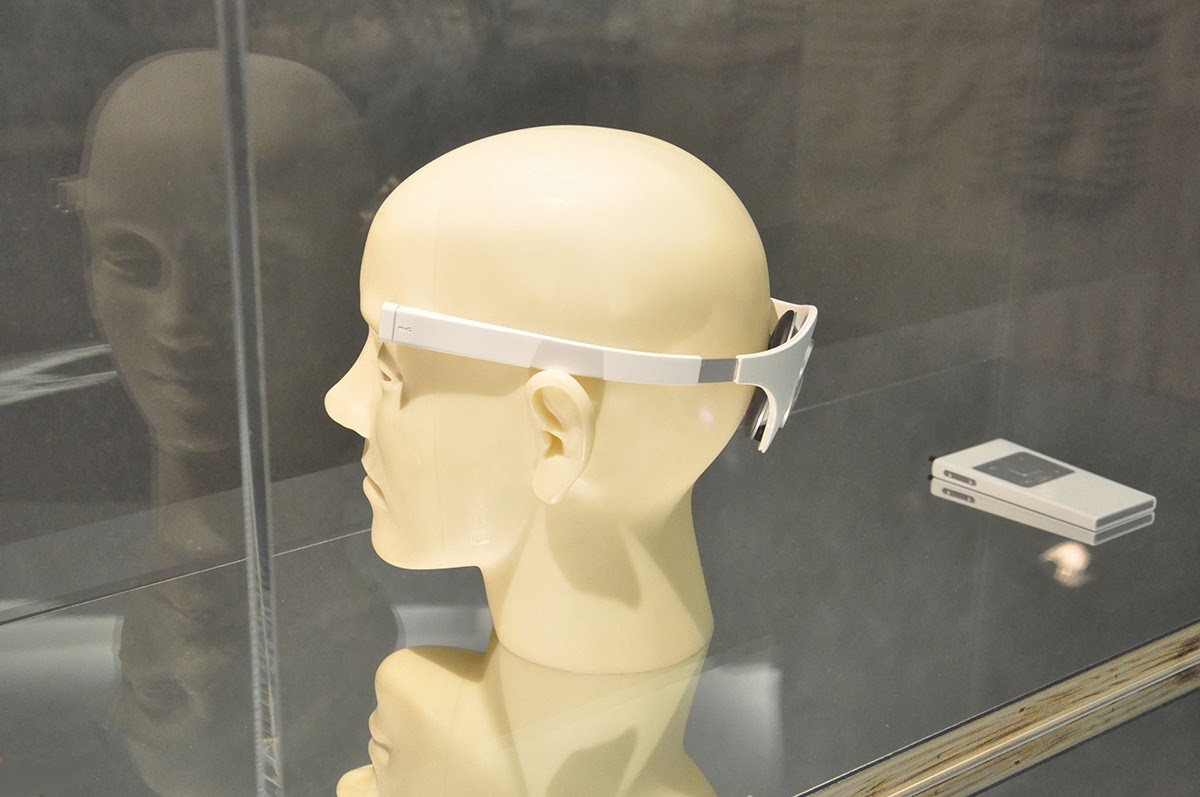
Bionic eye prototype stimulates visual cortex to restore sight
The Monash Vision Group is building a bionic eye in an attempt to restore sight by transmitting wireless signals directly to an implant in the brain, bypassing the eye. The MVG system bypasses the retina and optic nerve and wirelessly stimulates the ‘vision’ center of the brain using implantable electrode arrays. A digital camera is embedded in headwear…
-
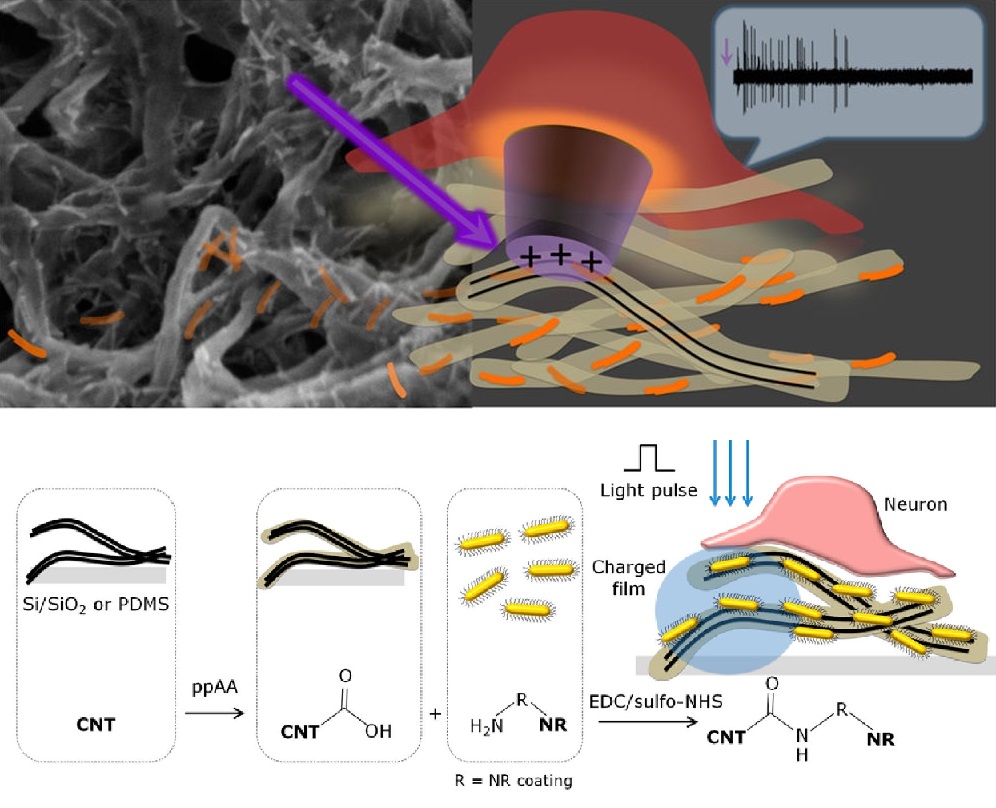
Carbon nanotube artificial retina restores light sensitivity
Tel Aviv University, The Hebrew University of Jerusalem and Newcastle University researchers are developing an artificial retina that sends sensory signals to the brain to address vision loss. Several groups are attempting this, but have had issues with metallic parts, cumbersome wiring, or a low resolution outcome. The TAU, HUJI and Newcastle team is working on…
-
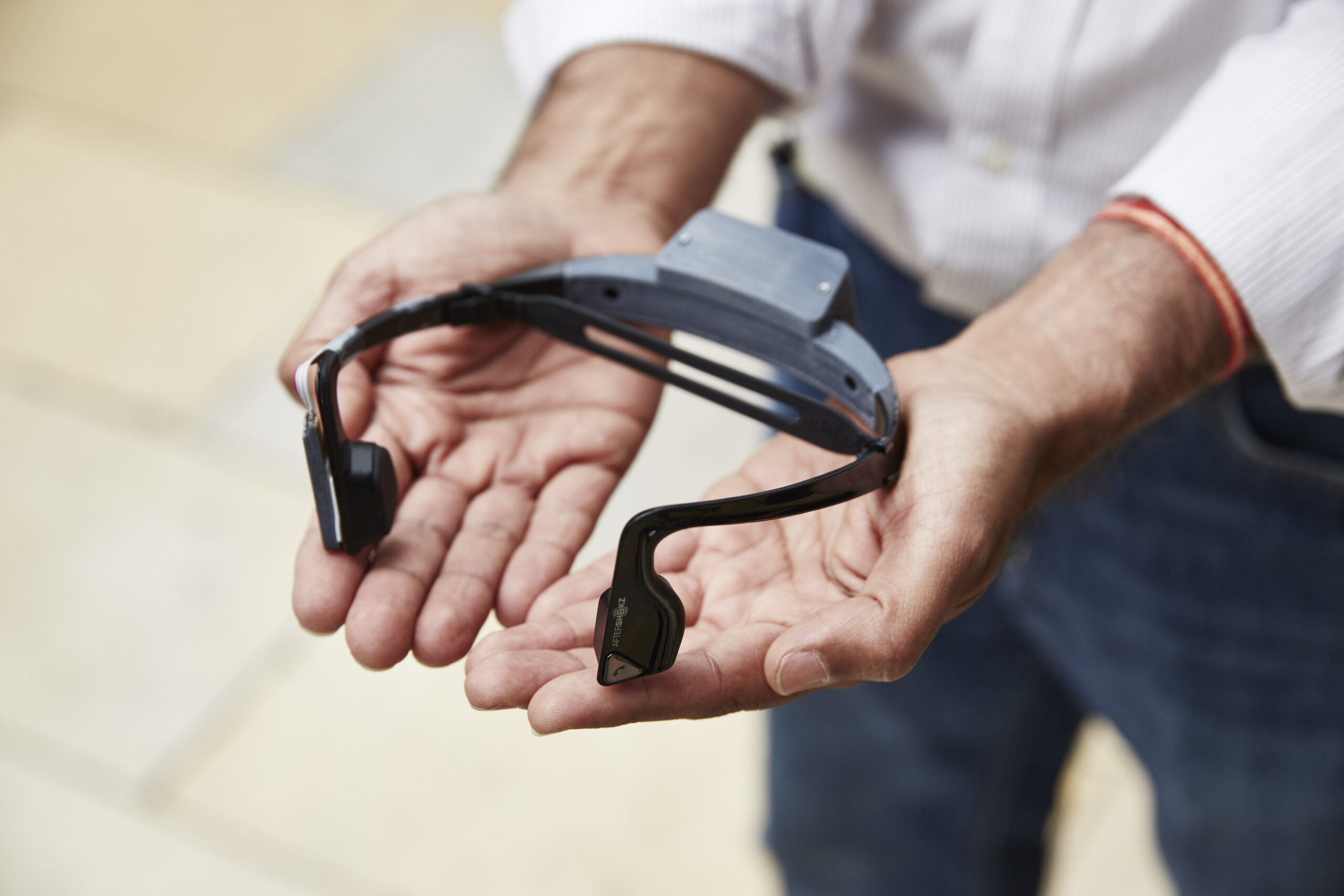
Bluetooth headset guides the visually impaired
Microsoft is collaborating with Guide Dogs for the Blind and AfterShokz on Cities Unlocked, a prototype headset, smartphone and navigation system for the visually impaired. The technology helps a user find his/her way, describes potential hazards, such as low-hanging trees, and highlights attractions, including restaurants, on the route. The headset uses bone-conducting audio that does not…
-

More realistic virtual reality — Google hopes
Little is known about MagicLeap, recently backed by Google, representing an assumed commitment to the gaming space, with potential BCI applications. Patent applications suggest that the company provides display technology that can trick the human visual system better than existing virtual reality displays. Reports discuss an improved virtual reality user interface that lets one’s eyes focus on…
-

Google/Novartis “smart lens” monitors diabetic eyes, helps presbyopia
Google announced its “smart lens” prototype 6 months ago. (See ApplySci, January 14 2014). Today they have partnered with Novartis to accelerate its development as a tool to manage eye conditions. Non-invasive sensors and microchips embedded in the lens monitor fluid to provide continuous, minimally invasive glucose measurement. The data is sent wirelessly to a…